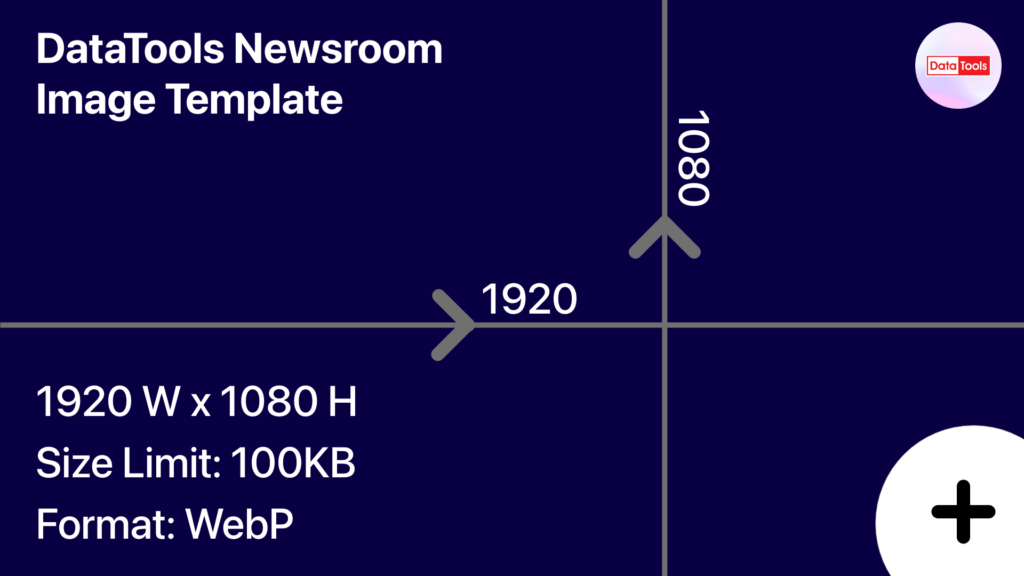How to Turn RTS Mail Into Big Business Wins – The BIG Secret
What if you could transform your most frustrating mailroom headache into your biggest marketing triumph?
01 January 2047 ∙ 0 min read
That’s right, I’m talking about turning every ‘Return to Sender’ nightmare into a strategic goldmine.
With DataTools and a savvy understanding of Australia Post’s barcode wizardry, you’re about to flip the script on RTS mail. No more money down the drain – welcome to the era of smart mailing, where every returned letter is a treasure trove of opportunity.
This is your unique chance to turn mistakes into opportunities. Especially mistakes in mailing!
“Return to Sender” = Back to the Drawing Board
Every “Return to Sender” piece of mail is a chance to learn and improve, especially for direct mailing organisations. Analyse why it’s happening – Is it outdated addresses? Poor data quality, perhaps? From there, use these insights to refine your strategies, making each returned mail a stepping stone to perfecting your process.
RTS mail is one aspect of an organisation’s data management strategy that is often overlooked, yet with some easy ‘Pre-Processing’ techniques, and a simple barcode scan on a RTS mail piece, we can ensure that future marketing dollars are effectively spent.
Down and Dirty With Australia Post Mail
Australia Post’s 4-State Barcode is used on most mail processed and sent in Australia. An often-unknown feature of this Barcode is that it comes in three different lengths – with the longer ones able to carry other identifying information – perfect for helping with RTS data.
The first of the Australia Post 4-State barcode lengths is the 37-bar barcode. This barcode is used for the primary purpose of displaying the Delivery Point Identifier (DPID) of an address for Australia Post’s benefit. This barcode allows Australia Post to quickly and easily decide where this mail needs to go, which in turn allows the sender to access discounts on their mail.
The next barcode length is 52 bars. This is going to work for most users who just want to add a client’s Customer ID from their own Database to the DPID. This barcode can handle 8 digits or 5 characters. For those with anything less than 10 million records in their database, this will work just fine.
The largest barcode that Australia Post offers is 67 bars. This barcode can accommodate up to 15 digits or 10 characters. This allows you to not only put your Customer_ID into the barcode, but also other information such as a unique code that represents the mailing that was sent. For example – the code may be “123456as13”. In this example, the Customer ID is ‘123456’ and the code ‘as13’ is representative of an “Acquisition S” mailer in 2013.
Enhancing the Mailing Experience
DataTools has two ways to assist:
- We can help ensure that your DPID and Customer Info are collated and that your 37, 52 or 67 barcode made ready to print.
- We can fully automate the process in the backend. This will ensure continual compliance to the standard and allow for the Customer_ID to be present on all mailings.
So now we know the types of barcodes available and how to print them – the next step is how to the handle the RTS letters that are sent back.
The simplest way is to set up different parsing information for the different barcode formats and thus easily identify the client and/or mailing information in your database.
In the case above where we had a 67-bar barcode with both the Customer ID and some Campaign information, we will want to parse this information into separate columns.
This will then allow us to ensure that not only do we mark that customer as RTS, but we can also apply that information to the campaign and recalculate the key metrics, taking the RTS into account.
Are you following? To recap, we covered:
- The types of barcodes available
- How to print them
- How to handle RTS letters
Once you’ve covered all the steps above you have ensured that;
- Your key campaign metrics are kept in sync.
- You have the data intelligence to not mail the same person at that address if it has come back to us through the RTS channel.
- You’ve saved the company potentially thousands of dollars in wasted mail!
None of the above is difficult to do. It requires only a small investment in software and hardware; a simple investment in process; and someone to scan the mail upon its return.
To jumpstart setting up development for your business, head over to our Contact page and send us a quick message. One “hello” is enough to get the conversation started!





